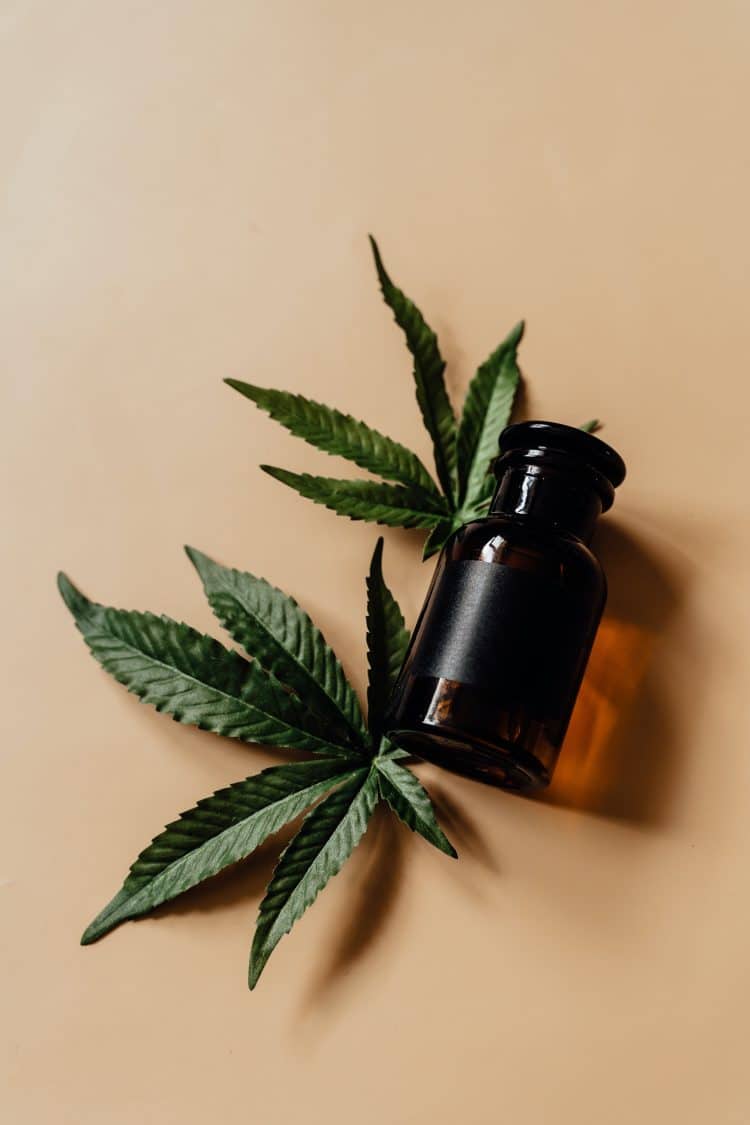Hemp essential oil (EO) is loaded with valuable terpenes and phytochemicals. As such, demand for aromatic hemp EO has soared. The most obvious way to produce unique hemp EOs is by distilling distinct cultivars: different plants create different EOs. Another way is to fractionate a single-plant EO during extraction in order to control chemical profile. Recently, a group of researchers looked at how distillation time and grinding of a single cultivar change EO profile and antimicrobial activity. [1] The strategy affords extractors the opportunity to create unique hemp EOs from a single plant.
The researchers selected Novosadksa as their key cultivar. They extracted the hemp EO with hydrodistillation in Clevenger-type units for 3 hours. Biomass was alternatively ground and left unground. Distillation times were divided into six categories: 0-5 minutes, 5-10 minutes, 10-20 minutes, 20-80 minutes, 80-120 minutes, and 120-180 minutes.
The study authors used a 7890A gas chromatograph and 5975C mass selective detector (Agilent) to analyze the EOs. They identified 89 components, namely monoterpenes, sesquiterpenes, and cannabinoids, and analyzed the 26 most dominant components for statistical significance. They also compared the chemical profiles of their fractionated EOs with 17 commercially available hemp EOs from different cultivars. The purpose of this comparison was to figure out just how diverse they could make the EOs from a single plant.
It turns out, a single cultivar can produce very diverse EOs—the fractionated EOs offered “greater diversity of mixture of terpenes and cannabinoids compared with the 17 commercially available hemp EO from a number of hemp cultivars…”
Grinding the hemp and collecting EO in 10 minutes yielded the highest monoterpene profile overall; grinding proved beneficial for monoterpenes like α-pinene but decreased sesquiterpenes. In ground hemp, β-pinene and myrcene reached their highest concentrations after 5-10 minutes; in unground hemp, the highest concentrations required 80-120 minutes. A similar trend was observed for eucalyptol. Notable exceptions included limonene and δ-3-carene, which eluted at the highest rates from unground material under 5 minutes.
Leaving the hemp unground was advantageous for sesquiterpenes and cannabidiol (CBD). Sesquiterpenes such as β-caryophyllene, β-farnesene, α-humulene, and β-bisabolol reached their highest concentrations from unground material after 80-120 minutes. The highest concentrations of CBD were reached after the longest distillation time, namely 120-180 minutes. Tetrahydrocannabinol (THC) only showed up after 120 minutes.
Having established the wide differences in EOs, the researchers tested them against eight microbes. Remarkably, the EOs varied in their efficacy against different bacteria. For example, the 20-80-minute unground EO best attacked Yersinia enterocolitica; the 5-10-minute ground EO was most effective against Candida tropicalis. The 20-80-minute ground EO proved most lethal for Enterococcus faecalis, Streptococcus pneumonia, and Pseudomonas aeruginosa. [1]
Thus, grinding and fractionating during distillation allows producers to customize EOs from a single hemp plant.
Reference
1- Zheljazkov VD, et al. Grinding and fractionation during distillation alter hemp essential oil profile and its antimicrobial activity. Molecules. 2020;25(3943). [Impact Factor: 4.411; Times Cited: 5 (Semantic Scholar)]
Image: Alesia Kozik from Pexels











